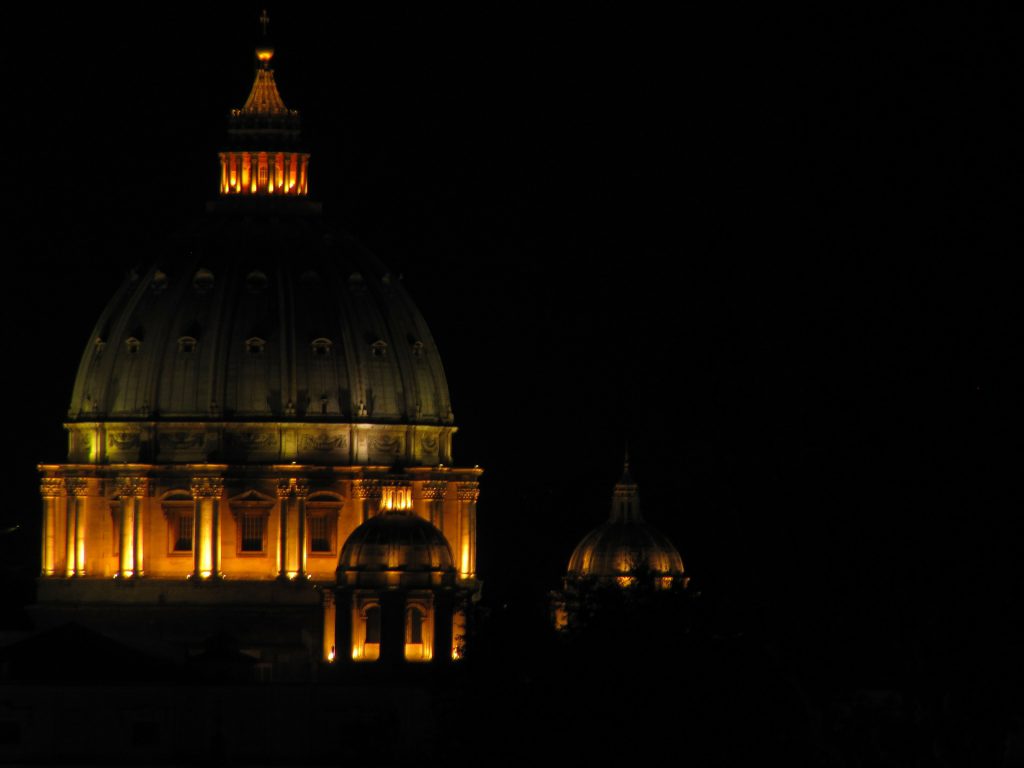
When Julius Caesar instructed the creation of a calendar, his astronomers centred it round the sun. The calendar was set to 365 and a quarter days. These were to be divided over 12 months. Unfortunately even with the introduction of leap years the calendar had overestimated the length of a calendar year by 11 minutes and 15 seconds. This equated to one extra day every 128 years. So by the sixteenth century the calendar was ten days out.
So, a reform in 1582 by Pope Gregory XIII, removed the additional minutes in the year and additionally wiped clean the incorrect ten days. This was the creation of the Gregorian calendar, the calendar that is now used today.
This though was seen by Protestant Europe, particularly Britain as a Catholic calendar and it was not until the eighteenth century under the 1751 Calendar Act, Britain came inline with the rest of Europe. So on 3rd September 1752 the day became the 14th September instead.
So the effect on Christmas was instead of it being celebrated on the equivalent of 6th January, it was pulled forward to match the European calendar.